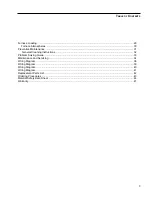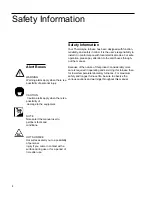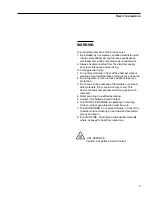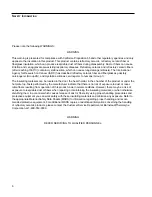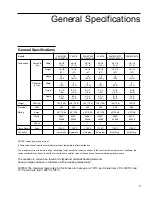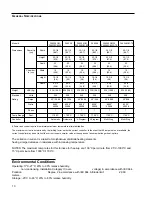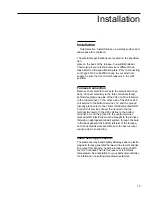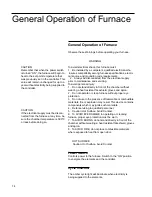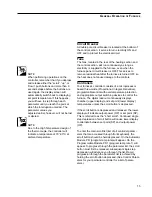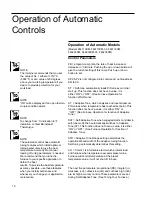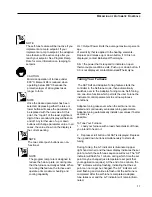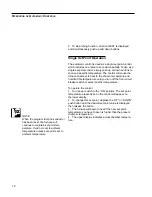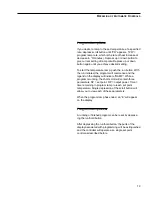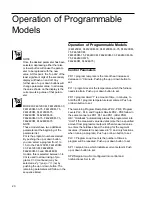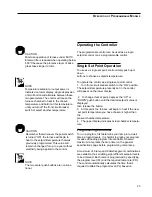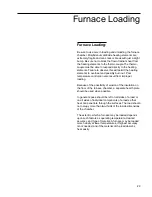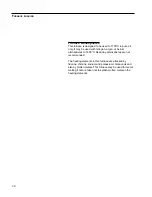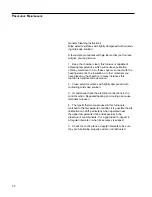
17
HL = Output Power limits the average maximum percent-
age
of electricity that is applied to the heating elements.
Depress and release up or down button, if 100 is not
displayed, contact Barnstead/Thermolyne.
Sbr = the power that is required to indicate an open
thermocouple condition exists. Push up or down button, if
0.0 is not displayed, contact Barnstead/Thermolyne.
Tuning Your Furnace
The SAT Self and Adaptive Tuning feature starts the
controller in the Self-tune mode, then automatically
switches over to the Adaptive Tuning mode. Self-Tuning
is a one-time function which permits the user to tune the
instrument control parameters to suit new process
conditions.
Adaptive tuning takes over when the self-tune is com-
pleted and continuously evaluates tuning parameters.
Adaptive tuning automatically installs new values if better
accuracy is
possible.
To Tune Your Furnace:
1. Load your furnace with a load characteristic of those
you intend to heat in it.
2. Depress scroll button until SAT is displayed. Depress
the up and down buttons simultaneously to start self-
tuning.
During Tuning, the A-T indicator is illuminated (upper
right hand corner) and the lower display indicates the set
point at which the self-tune sequence will occur. The “SP”
indicator will flash for 1 minute, during which time the set
point may be changed (use temperature set point that
your application requires). At the end of one minute, the
“SP” indicator will stop flashing, indicating that the set
point can no longer be changed. The A-T indicator will
start flashing and continue to flash until the self-tune is
completed. After the self-tune is completed, adaptive
tune takes over and the A-T indicator will remain illumi-
nated.
NOTE
The self-tune feature will be inactive if you
implement a ramp to setpoint. If your
implement a ramp to setpoint, the adaptive
tune feature will be active only after you
reach your setpoint. See Program Ramp
Rate for more information on ramping to
setpoint.
CAUTION
Minimize operation of furnace under
800°C. Element life is reduced when
operating below 800°C because the
protective layer of silica glass takes
longer to form.
NOTE
Once the desired parameter has been
selected, depressing either the raise or
lower button will cause the parameter to
be replaced with the new value. At this
point, the “top dot” of the least significant
digit of the secondary display will flash on
and off. Any further use of up or down
buttons will change parameter value. In all
cases, the value shown on the display is
the current working
NOTE
The two center push buttons are non-
functional.
NOTE
The program ramp rate is designed to
reduce the heat-up rate or cooling rate
that the furnace normally exhibits. When
not using this feature, the furnace will
operate at its maximum heating and
cooling capability.
O
PERATION
OF
A
UTOMATIC
C
ONTROLS

